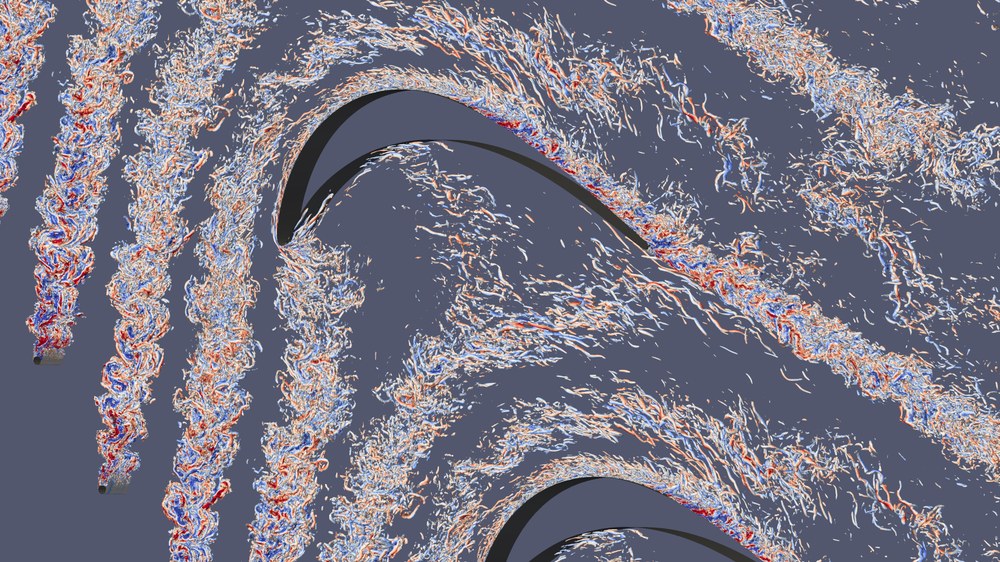Userguide
In the TRACE User Guide you will find general information on TRACE, the theory behind the flow solver and details on the configuration and control of the simulations.

The TRACE flow solver is used in turbomachinery research and in the industrial design of aero engines and stationary gas turbines and is one of the core components of the virtual engine. TRACE can be used with high performance on workstations as well as on modern mainframe computers with several thousand processor cores. We have been developing the simulation environment in close co-operation with universities and industrial partners for more than three decades.
TRACE is not just a flow solver, but a complete simulation suite for setting up, running and analysing highly complex simulations. The software is used in research and industry as a tool for understanding the complex, multidisciplinary physics of turbomachinery. It is also used in the development and design of tomorrow's engines. TRACE offers a wide range of numerical methods, from steady-state calculations (RANS) to the resolution of turbulent structures (LES/DNS). The special feature is that the simulation suite combines state-of-the-art methods such as an adjoint solver or frequency domain methods.
Finite volume and Discontinuous Galerkin methods of higher orders
High quality, non-reflecting boundary conditions
Non-linear frequency domain methods
Scale-resolving simulation methods
Combustion models
Higher-order turbulence, transition and heat models
Adjoint methods
Multidisciplinarity
Fluid-structure coupling for heat transfer and aeroelasticity
Linear solver for high speed flutter analysis
High performance implementation
Highly scalable for massively parallel applications on supercomputers
Hybrid parallelism (distributed and shared memory)
Flexible pre-, co- and post-processes
Graphical preprocessor
Online analysis and in-situ visualisation
Customised post-processes for turbomachinery
